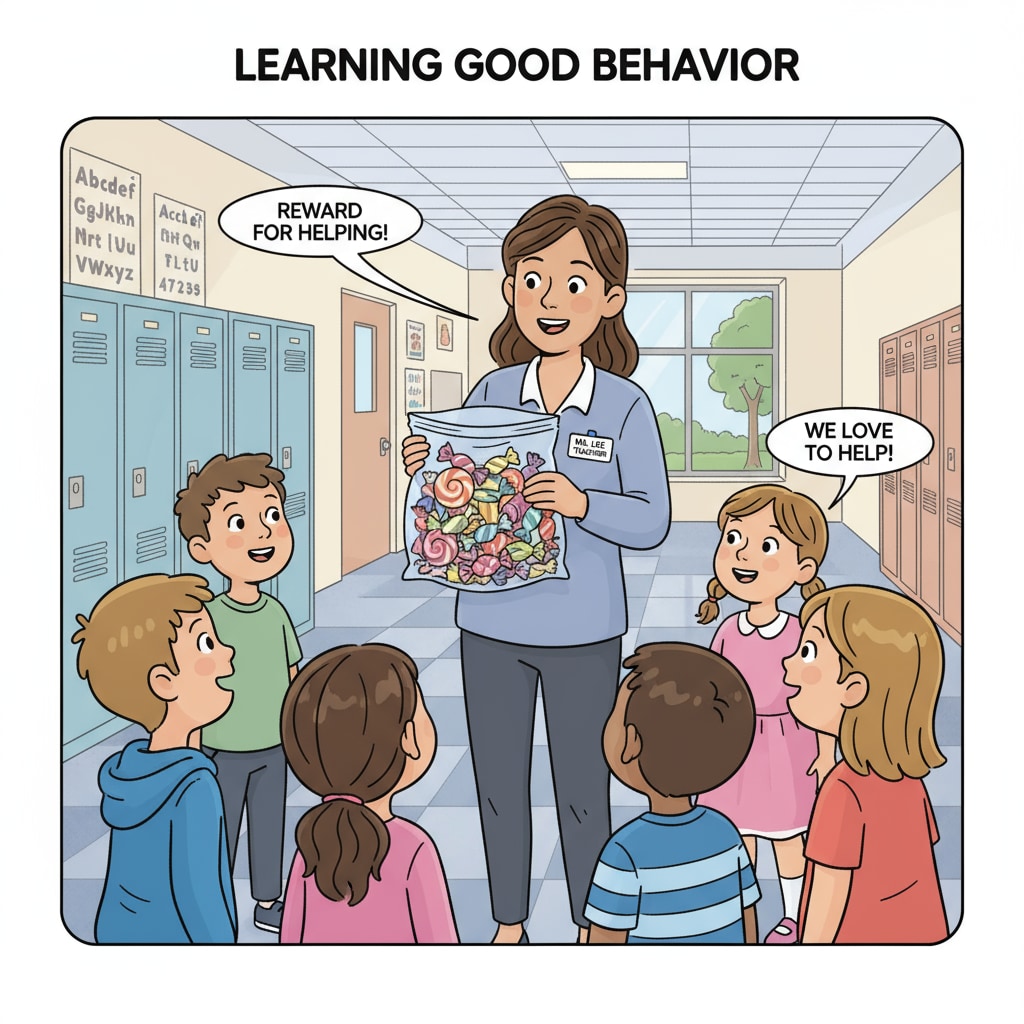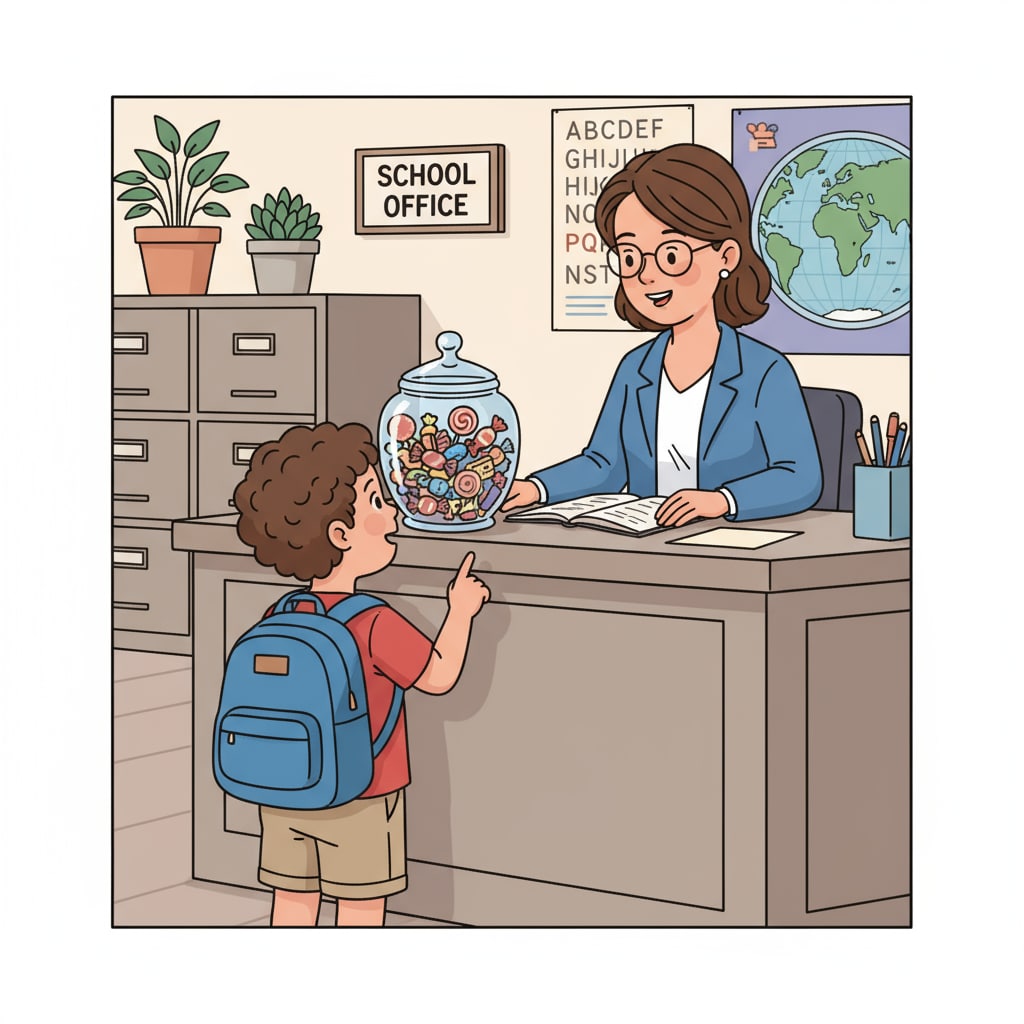Family relationships, workplace boundaries, and children’s behavior often intertwine in a school environment, creating unique challenges. One such common situation is the “candy dilemma,” which requires careful navigation. When school staff members have to deal with their relatives’ children, maintaining a professional image while nurturing family bonds can be tricky.

The Significance of Boundaries in School Kinship
Establishing boundaries in school kinship is essential. It helps maintain a fair and professional work environment. For example, if a teacher has a relative as a student, treating all students equally is crucial. According to Professional ethics on Wikipedia, professionals should adhere to ethical standards in the workplace. In a school, this means not showing favoritism to one’s relatives. Otherwise, it may lead to resentment among other students and undermine the teacher’s authority.
Understanding Children’s Behavior in the “Candy Dilemma”
Children often have a natural inclination towards candies. When in a school setting, they may approach their relatives among the staff to ask for candies. This behavior is a normal part of childhood curiosity and desire. However, it’s important to understand the underlying reasons. Sometimes, it could be a simple request for a treat, while other times, it might be a way for the child to seek attention.

As adults, we need to respond appropriately. Instead of simply giving in to the request, we should communicate with the child. We can explain that there are rules in school regarding food and treats. This way, we are not only setting boundaries but also teaching the child about discipline and respect for rules.
Effective Communication Strategies
Communication is key when dealing with the “candy dilemma.” When a child asks for candies, use positive and clear language. For instance, say something like, “I understand you love candies, but we have to follow the school’s rules. Maybe we can have a treat at a more appropriate time, like after school.” This approach acknowledges the child’s feelings while setting limits.
In addition, it’s important to communicate with the child’s parents or guardians. Let them know about the situation and the boundaries you are trying to set. This way, everyone is on the same page, and it becomes easier to manage the child’s expectations. As Parenting on Britannica states, effective communication between school staff and parents is vital for a child’s development.
Readability guidance: We’ve used short paragraphs to make the content easier to digest. Each H2 section has key points presented clearly. The passive语态 is minimized, and transition words like “however,” “for example,” and “in addition” are used to enhance the flow.


